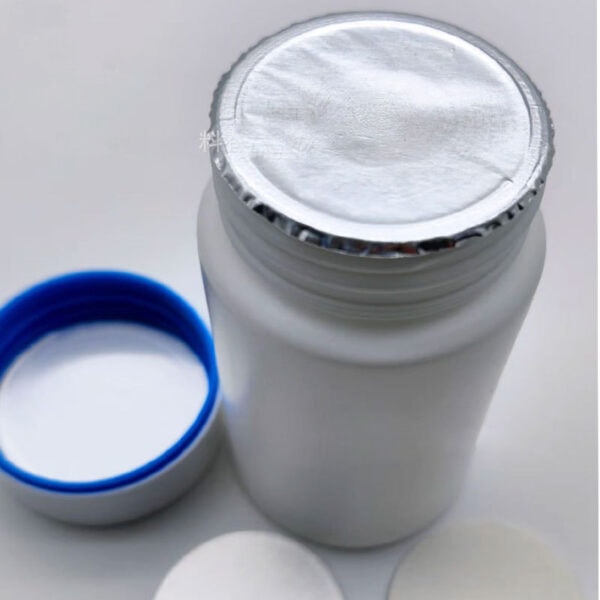Induction sealing is widely used, but it comes with operational and logistical challenges that businesses often underestimate. These issues can lead to reduced efficiency, increased costs, and product quality concerns.
Understanding these limitations allows for better planning and integration of sealing processes.

High Initial Equipment Cost
Induction sealing machines require significant initial investment, often exceeding the cost of traditional sealing options like heat sealers. For small and medium-sized businesses, this can strain budgets, especially when combined with maintenance and operational expenses. Considering alternatives such as an industrial shrink wrap system might be a more cost-effective choice for specific applications.
Material Compatibility Limitations
Induction sealing demands containers with induction-compatible materials, such as specific caps and liners. This constraint limits its adaptability to different packaging materials. For businesses handling diverse products, integrating a customized labeling machine can provide broader compatibility and flexibility.
Dependence on a Stable Power Supply
A consistent and stable power supply is crucial for induction sealing machines. Power fluctuations or outages can lead to incomplete seals, production delays, and increased waste. In regions with unstable electricity, additional investments in backup systems may be required to maintain production flow.

Risk of Seal Failure
Improper equipment settings—such as misaligned sealing heads or incorrect heat levels—can cause weak or incomplete seals. This compromises the product’s integrity, potentially resulting in customer dissatisfaction and costly recalls. Businesses using induction sealing for sensitive products should consider complementary tools like a label printer for precise labeling and tracking.
Overheating Issues
Excessive heat during the sealing process can damage packaging materials and even the product itself, especially when handling heat-sensitive items. To minimize these risks, constant monitoring and precision equipment settings are essential, adding operational complexity and cost.
Limited Application for Non-Flat Surfaces
Induction sealing works best on flat or uniformly shaped surfaces. Containers with irregular shapes, curved edges, or custom designs may not achieve uniform sealing. In such cases, alternative systems like a rolling bottle labeling machine can provide better results for curved containers.
Technical Expertise Requirements
Operating an induction sealing machine demands skilled technicians for setup, operation, and troubleshooting. Without proper training, frequent errors and downtime are inevitable. This reliance on skilled labor increases costs and complicates operations, especially for businesses scaling production.

Slower Production Speeds
Induction sealing can be slower than other sealing methods for certain product lines, limiting its efficiency in high-volume production environments. Investing in more versatile machinery, such as an automatic liquid packaging machine, can enhance overall throughput and flexibility.
Environmental Sensitivity
Humidity, dust, and temperature variations can affect the sealing efficiency of induction machines. Controlled environments or additional protective measures are often necessary, which can increase infrastructure costs. For simpler setups, businesses might opt for a vacuum packaging machine for environmentally controlled sealing needs.
Regular Maintenance and Calibration Needs
Induction sealing equipment requires regular maintenance to ensure optimal performance. Frequent calibration is necessary to prevent seal inconsistencies, but this leads to downtime and operational disruptions. Incorporating durable alternatives like a capping machine can reduce maintenance demands in specific contexts.
Conclusion
While induction sealing is an effective packaging method, its limitations—including high costs, material constraints, and operational complexities—make it important to weigh its advantages against the challenges it presents. Businesses must assess their specific needs and explore complementary solutions to achieve optimal packaging results.









